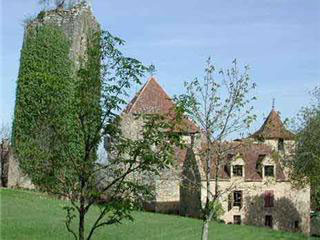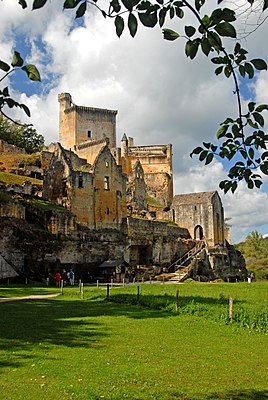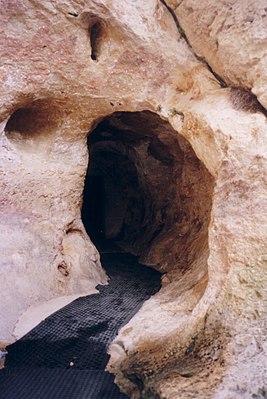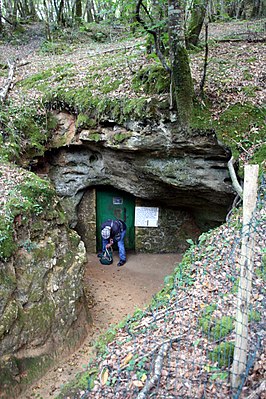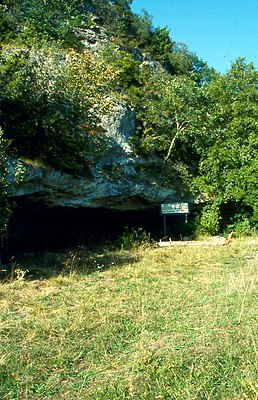
About Le Moustier
Historical Places, Historic, Archaeology, Interesting Places, Other Archaeological Sites, Historic Settlements
Le Moustier is an archeological site consisting of two rock shelters in Peyzac-le-Moustier, a village in the Dordogne, France. It is known for a fossilized skull of the species Homo neanderthalensis that was discovered in 1908. The Mousterian tool culture is named after Le Moustier, which was first excavated from 1863 by the Englishman Henry Christy and the Frenchman Édouard Lartet.
The Le Moustier skull is estimated to be approximately 45,000 years old. Its characteristics include a large nasal cavity and a somewhat less developed brow ridge and occipital bun, as might be expected in a juvenile.













